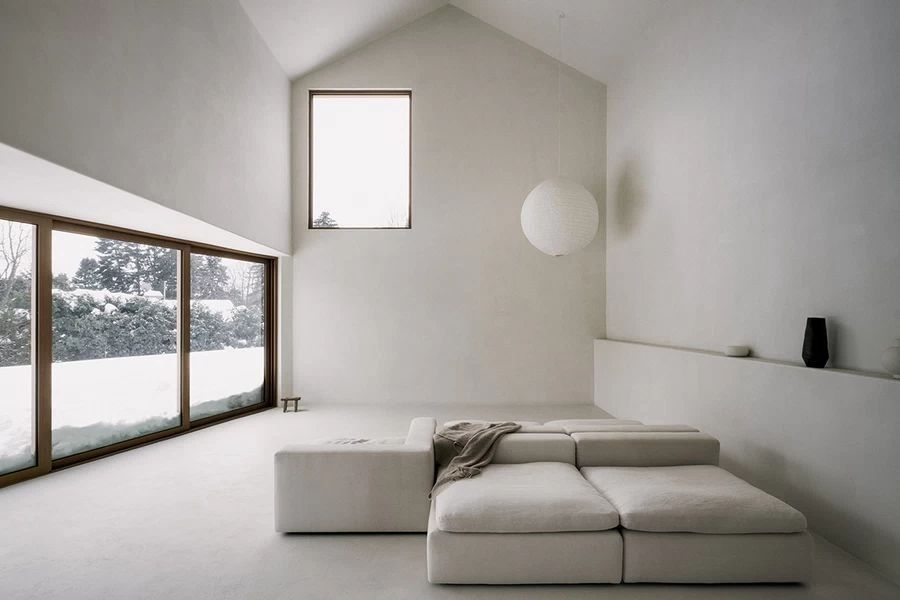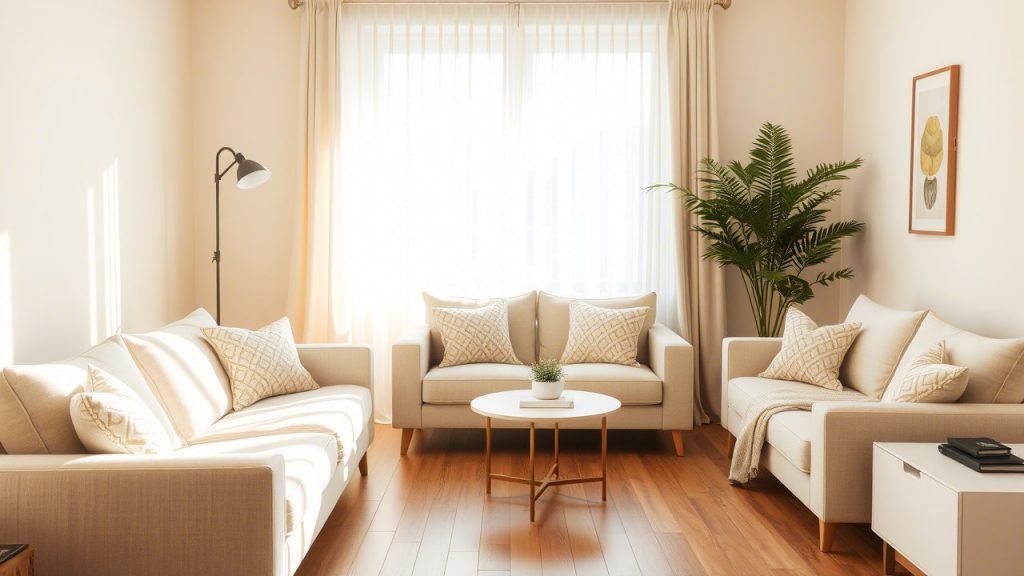Personality in the Interior
Modern interiors strive to tell a story. More and more people are incorporating vintage furniture, family heirlooms, artworks, or handcrafted items into their homes to make the space truly their own. This goes against the strict rules of traditional minimalism, where personal details were often seen as unnecessary visual clutter.
Minimalism Remains — But It's Evolving
We can’t say that minimalism is gone — it's simply evolving. Today’s minimalism is no longer about empty white walls and sterile surfaces, but about a thoughtful approach to space, where every item has meaning. People still value cleanliness, simplicity, and open space — but now they also seek warmth, comfort, and personality.
Minimalism hasn't gone out of style — it has become more human. We still want to live in beautiful, orderly homes, but we also crave coziness, warmth, and a personal story. Modern interiors are no longer chasing absolute sterility — they’re searching for balance. So yes, minimalism is alive, just in a new, softer and more flexible form.






